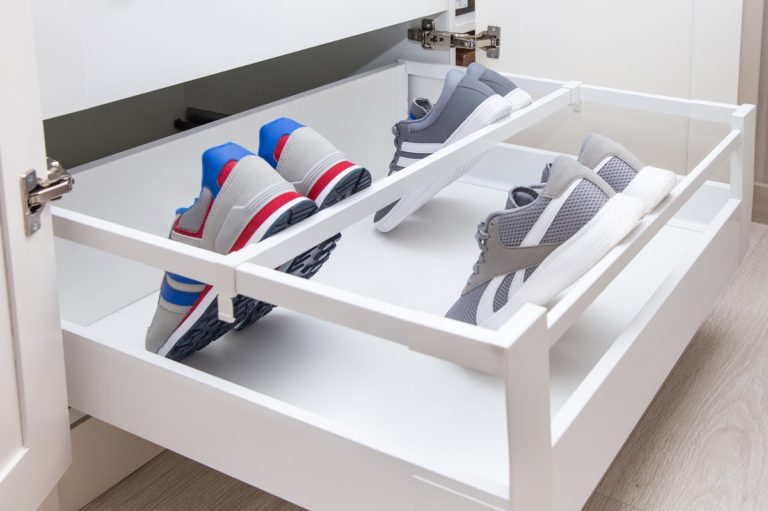When you were a kid, your parents took you to their friend’s house, and that was the first time you saw a collection in your life. At the time, you were too young to understand why people collected stuff and whether it was cool.
Now, you yourself have decided to try out collecting for yourself. Contrary to popular belief, it’s not just a matter of continuously buying variants of one thing and keeping them. It involves a lot of planning, long-time saving, and the right TLC. If you think that you’re ready for your first collection, here are a few things that you should keep in mind:
What to Collect
Of course, this is the first step. What to collect is the most important decision you’re going to make because it will influence all the other decisions you will make down the road. But it doesn’t mean that if you decide to collect one thing now, you can never change it later. It just makes it easier if you’re 100% sure that what you choose is what you want.
There are so many options for collectibles. Some people continue their comic book collection that they started when they were kids. Some inherit their grandparents’ stamp collection and go from there. Some collect 1000-piece puzzles, sneakers, figurines — you name it, someone probably collects it.
What to Collect Part 2
Saying that you collect books is vague and can make it more difficult for you to actually do. Narrowing down your collection gives it more direction, like focusing on children’s books or first editions. A broad collection is not impossible, but it can make decisions harder. Also, it will be more rewarding to find that one piece that’s missing from your collection. If you complete a certain collection, you can always start a new one.

Research — and a Lot of It
Learning everything there is to know about your collection is an excellent advantage for collecting. Knowing when certain items come out, where they can be found, and how much they’re going for are essentials in hunting collectibles.
Take it to the next level and find out if there are other people or even groups who collect the same thing. You’ll learn a lot by talking with more veteran collectors. Industry friends are also welcome. Getting some friendly inside information can give you the upper hand over limited edition pieces.
Live to Fight Another Day
For some items, you don’t need to get them right away. In fact, according to the Spruce Crafts, mistakes in buying collectibles can cost up to the thousands. If you find a particular piece you’re interested in, make sure that you do your research about it first. Make sure that it’s authentic and that you’re paying the right price.
In some cases, it’s better to save your money and see whether that piece will become more accessible in the future.
TLC
Most collectors take special care to make sure that their items are safe and secure. Many items go down in value if they’re out of the box. According to the Museum of the North, taking preventive conservation is the best way to mitigate risks to their collections. You probably don’t need to hire an armed guard to protect yours, but a glass shelf may be an excellent start.
You should also find out whether your items need special conditions, such as the right temperature or humidity, to preserve them.
It’s fun to collect, and it can be profitable, too. Just make sure that you do your due diligence when you start a collection.

